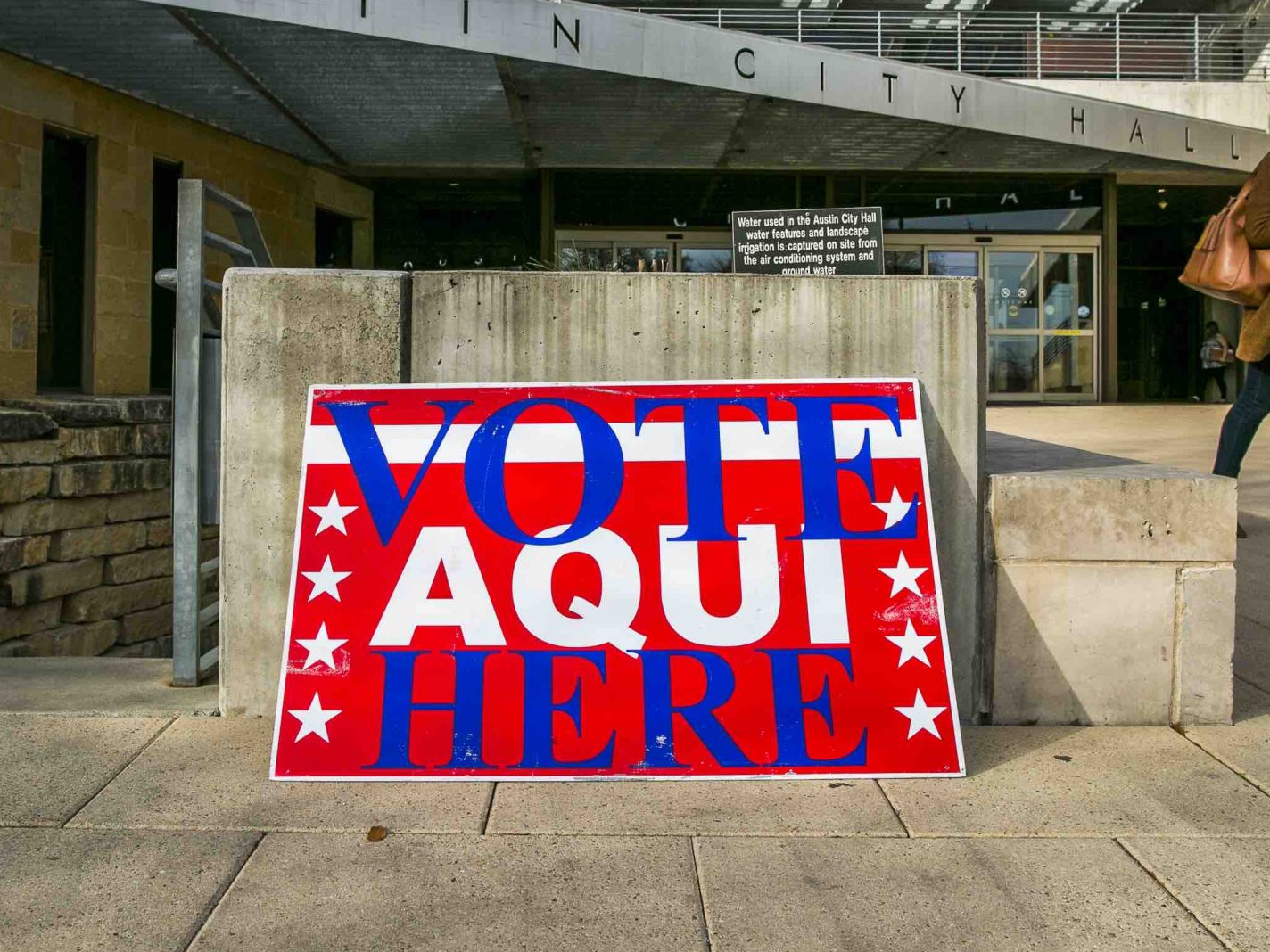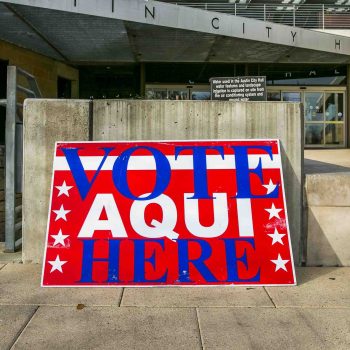With Ted Cruz beating Beto O’Rourke in the hotly contested Senate race, there was no shortage of disappointment. And while many point to white women as the reason for O’Rourke’s loss, we know it’s important to also factor in how much our community contributed to his defeat. While 74 percent of Latinos voted for O’Rourke, 39 percent of Latino men and 34 percent of Latina women went for Cruz. Yet, as we closely examine these demographic breakdowns, it’s important to keep in mind that many progressive Latinas in Texas put in the work, and now they’re looking toward the future.
In Texas, two women, Sylvia R. Garcia and Veronica Escobar, became the first Latinas elected to Congress. Latinos also voted in record numbers, and we partially have Latinas to thank for that. And these aren’t the only ways they shaped the 2018 midterm elections.
Here are five ways Latinas made a difference in the 2018 Texas midterms.
1
They got people in their social circles to vote for the first time
Just as Latinas serve as the decision-makers in their households on everything from what the family is eating for dinner to the ideal SUV or starter home, they also have a huge influence over the political participation of their loved ones. They took to social media to post pictures of their parents and grandparents whom they had encouraged to vote for the first time. An NBC News exit poll reported 1 in 4 Latino voters said they cast a midterm ballot for the first time in 2018.
“I’m willing to bet I personally registered or made phone calls or sent text messages to at least two dozen people,” said Jen Ramos, who works as Communications Director for Texas Young Democrats. Ramos went from the only woman in the family to vote, to adding her mother, aunts and cousins to the list of registered voters.
2
They took on leadership positions within the Democratic Party
Tzatzil Willebeek-Lemair said she, like many Latinas, decided to become politically active after President Donald Trump was elected to office in 2016. But it was O’Rourke who compelled her to become truly immersed in the political process. Today, she serves as Hispanic Caucus State Committeewoman at the Texas Democratic Party.
She believes the Texas Senate race would not have been as close as it was were it not for the work of Latinas on the ground, including at O’Rourke’s El Paso headquarters.
“The future looks very bright. It will take a few years, but there’s a fantastic generation of young Latinos that are very involved right now.”
3
They voted in record numbers
We are Texas, a study compiled by Jolt, found that young Latinas are 25 percent more likely to vote than their male counterparts and 5 percent more likely to vote than other females.
In Travis County, which is home to socially liberal Austin, totals for the first day of early voting exceeded the same period during the 2016 presidential election. The rest of the state experienced similar turnout.
Willebeek-Lemair hopes that cases of voter suppression and intimidation will further fuel Latino voter participation. “The more we empower Latinos to run for office the more likely people are to come out and vote in those counties,” she said. “When people see themselves in the candidates, they’re going to be more engaged and fight voter apathy, especially in rural areas where they don’t really see the value in voting.”
4
They basically ran O’Rourke’s campaign
Latinas have taken the helm of the progressive movement. Willebeek-Lemair said virtually everyone at O’Rourke’s campaign headquarters in El Paso is young and Latina.
She created the Latinx for Beto page on Facebook but quickly noticed that any engagement usually came from Latinas. She then launched the Latinas for Beto group and observed that the members were politically active on the ground and engaged in discussions within the group. She says the group grew to more than 2,000 members within the first three days of its launch.
“There needs to be more resources focused on Latinas because they will make the family vote,” she said. “That their sons vote. Their mother votes. That someone gets a ride if they need one to go vote.”
5
They are marketing gurus
Young Latinas have found a way to combine their media and business savvy with their political interests. Lizette Resendez volunteered her writing skills by creating a weekly newsletter for Beto supporters to engage them in action. Originally started by another member of Texans for Beto for Austin supporters, the newsletter grew to a statewide go-to source for Beto’s followers.
“There’s so much misinformation out there and so many questions and so it was a good way to organize the chaos,” Resendez said.
A South Texas native, the teary-eyed young Latina says she hopes O’Rourke’s campaign will leave behind a legacy that encourages Latinos to remain involved in politics.




